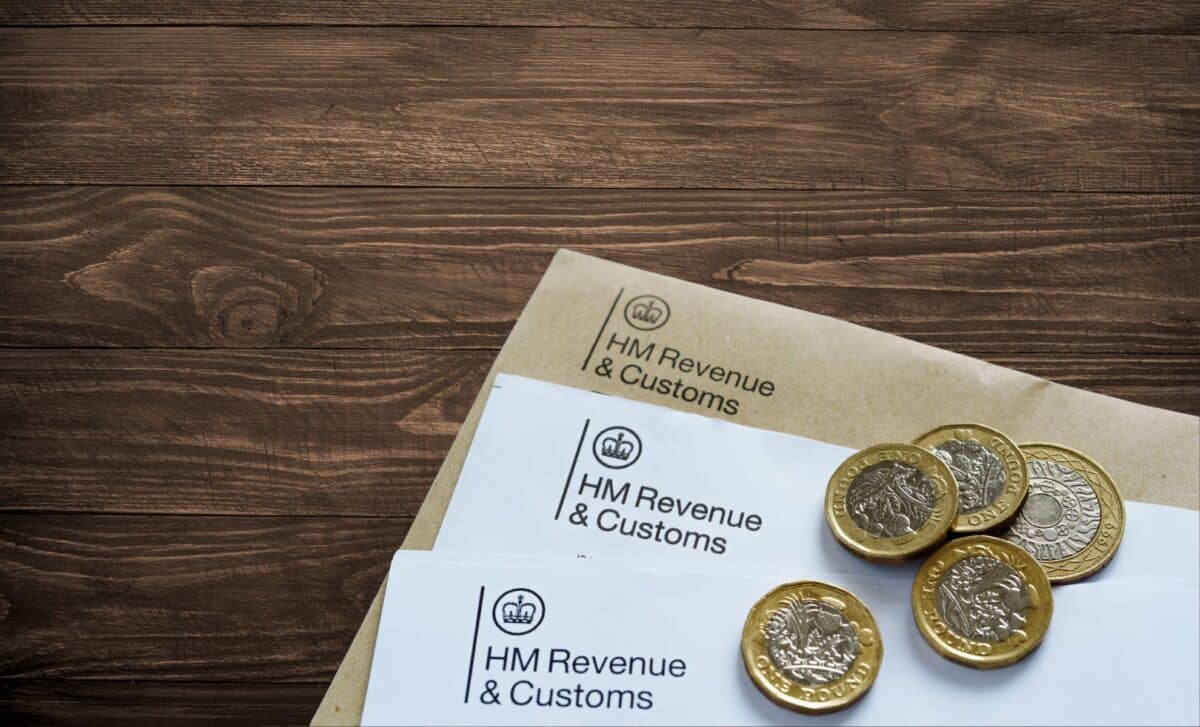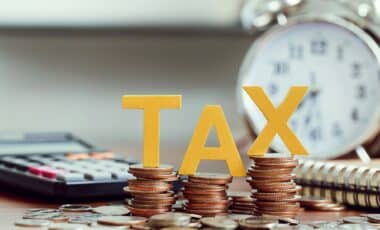A growing number of UK taxpayers are set to face unexpected HMRC tax bills on their savings in the 2023/24 tax year, as rising interest rates and frozen allowances push more individuals into the tax net, according to Manchester Evening News.
Nearly 2.07 million people, including basic-rate, higher-rate, and additional-rate taxpayers, are anticipated to incur taxes on their savings interest, a sharp rise from previous years. This marks a substantial increase from around 650,000 individuals affected in 2020/21, with the number nearly doubling.
The Growing Impact on Basic-Rate Taxpayers
Recent data reveals that nearly one million basic-rate taxpayers will be affected by the tax charges in the 2023/24 tax year. This represents a significant rise from the approximately 500,000 individuals who faced similar charges in 2022/23.
This jump in affected taxpayers is largely due to the combination of rising interest rates, which have pushed savings interest above the thresholds, and the frozen allowances that haven’t been adjusted to keep pace with inflation.
For many, this means that interest earned on their savings is now taxable, something they may not have anticipated.
What the Frozen Personal Savings Allowance Means for Taxpayers
The Personal Savings Allowance (PSA) has remained unchanged since its introduction eight years ago. Basic-rate taxpayers can currently earn up to £1,000 in savings interest tax-free, while higher-rate taxpayers are limited to £500, and additional-rate taxpayers pay tax on all interest outside of tax-free accounts.
The issue arises as interest rates on savings have surged beyond 5% in recent months, which means individuals with substantial savings may easily exceed their personal allowances, leading to unexpected tax liabilities.
In fact, many individuals might already have incurred significant tax bills this year without realizing they’ve breached their Personal Savings Allowance.
This is because, while those filling out a self-assessment tax return will declare any savings interest and subsequent tax due, those taxed under PAYE will have their tax liability calculated by HMRC, based on information sent to them by banks and building societies.
This could result in an adjusted tax code, with the tax being repaid through monthly payslips, effectively reducing take-home pay.
Steps to Avoid Tax Pitfalls
Experts recommend several strategies to help taxpayers avoid being caught off guard. One of the most effective approaches is to move savings into Individual Savings Accounts (ISAs), which offer tax-free interest.
The annual ISA limit of £20,000 offers a generous opportunity, though savers with substantial deposits may find it difficult to transfer large sums into ISAs without exceeding the limit.
If you have large savings outside of an ISA, now is the time to act, as the current tax year’s allowances are set to expire soon. Starting the process now can help avoid tax issues in the coming year, especially if your interest payments exceed the Personal Savings Allowance.
How Couples Can Strategically Manage Savings
For couples, splitting savings between partners can be a smart move to utilize both individuals’ ISA allowances. If one partner is in a lower tax bracket, transferring savings to their name may help reduce the overall tax liability.
However, it’s important to ensure that this doesn’t push the partner into a higher tax bracket, as that could negate the tax benefits. The introduction of the HMRC Personal Savings Allowance has led many savers to overlook the benefits of ISAs, which are now proving costly for some.
While the annual ISA limit of £20,000 is generous, savers who have accumulated funds outside of ISAs for years may find it challenging to transfer large sums into these accounts without exceeding the tax-free cap.









